Low Back Pain
How to submit an article:
- Registered users can submit any published journal article that has a unique DOI (Digital Object Identifier) name or link to Research Hub.
- For example, you can paste the full DOI link:
https://doi.org/10.1109/5.771073or just the DOI name:10.1109/5.771073into the field above and click submit. - The person who is first to submit a valid article to Research Hub will forever be credited for it, and every article submission earns you +6 Research Points.
Published research studies are articles that present the findings of original research that has undergone a peer-review process and has been made publicly available in scholarly journals, books or other media.

Efficacy and safety of Tuina for chronic nonspecific low back pain: A PRISMA-compliant systematic review and meta-analysis
2023 Mar 03 Medicine Yang J, Zhou X, Ma Q, Woods JT, Mohabbat AB, Do A, et al.
Systematic Review Meta-Analysis Low Back PainTuina therapy for chronic low back pain indicates potential pain relief and reduced disability but doesn't improve quality of life
Tuina massage for chronic low back pain reveals promising results amid methodological considerations
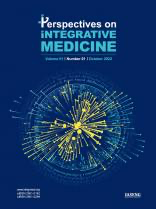
Shoulder Pain and the Potential Role of Acupuncture: A Narrative Review of Clinical Practice and Treatment Guidelines
2022 Oct 01 Perspectives on Integrative Medicine Birch S, Lee MS, Kim TH, Alraek T
Practice Guideline Review ArticleAcupuncture is safe and may be a cost-effective treatment for shoulder pain.
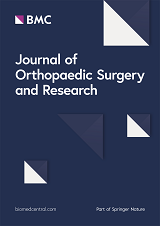
Acupuncture in chronic aspecific low back pain: a Bayesian network meta-analysis
2022 Jun 20 Journal of Orthopaedic Surgery and Research Baroncini A, Maffulli N, Eschweiler J, Molsberger F, Klimuch A, Migliorini F
Systematic Review Meta-AnalysisIndividualised acupuncture and standard acupuncture combined with TENS were the most effective protocols for the non-pharmacological management of chronic aspecific low back pain based on measures of pain and disability, compared to sham treatment.
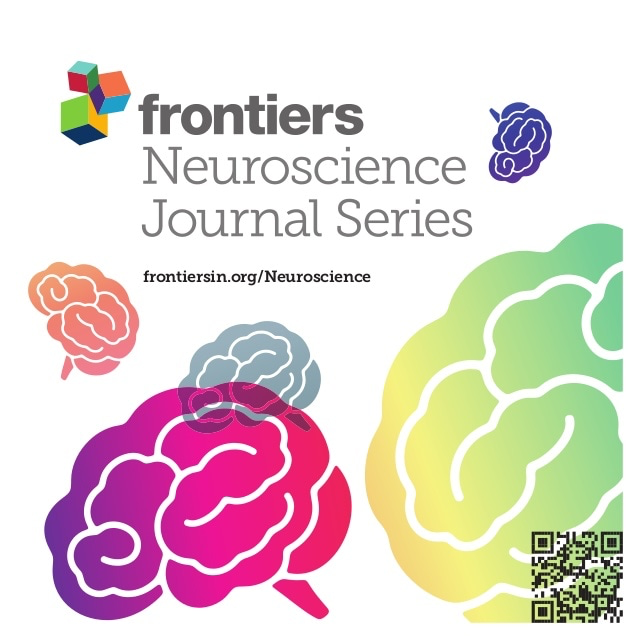
Frequency-Specific Blood Oxygen Level Dependent Oscillations Associated With Pain Relief From Ankle Acupuncture in Patients With Chronic Low Back Pain
2021 Dec 07 Frontiers in Neuroscience Xiang A, Chen M, Qin C, Rong J, Wang C, Shen X, et al.
Frequency-specific resting-state activity in the cerebellum and insular was correlated to ankle acupuncture stimulation (AAS) analgesia. Our frequency-specific analysis of amplitude of low-frequency fluctuation (ALFF) may provide novel insights related to pain relief from acupuncture.
Randomised Controlled Trial Acupuncture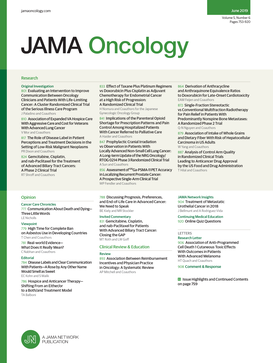
Effect of Briefing on Acupuncture Treatment Outcome Expectations, Pain, and Adverse Side Effects Among Patients With Chronic Low Back Pain: A Randomized Clinical Trial
2021 Sep 10 JAMA Oncology Barth J, Muff S, Kern A, et al.
Randomised Controlled TrialResearch insights are moderated by the Research Hub team and offer an at-a-glance overview of interesting research findings.

2023 Medicine
Tuina therapy for chronic low back pain indicates potential pain relief and reduced disability but doesn't improve quality of life
Systematic Review
Efficacy and safety of Tuina for chronic nonspecific low back pain: A PRISMA-compliant systematic review and meta-analysis
Yang J, Zhou X, Ma Q, Woods JT, Mohabbat AB, Do A, et al.

2023 Medicine
Tuina massage for chronic low back pain reveals promising results amid methodological considerations
Systematic Review
Efficacy and safety of Tuina for chronic nonspecific low back pain: A PRISMA-compliant systematic review and meta-analysis
Yang J, Zhou X, Ma Q, Woods JT, Mohabbat AB, Do A, et al.

2022 Perspectives on Integrative Medicine
Acupuncture is safe and may be a cost-effective treatment for shoulder pain.
Practice Guideline
Shoulder Pain and the Potential Role of Acupuncture: A Narrative Review of Clinical Practice and Treatment Guidelines
Birch S, Lee MS, Kim TH, Alraek T

2022 Journal of Orthopaedic Surgery and Research
Individualised acupuncture and standard acupuncture combined with TENS were the most effective protocols for the non-pharmacological management of chronic aspecific low back pain based on measures of pain and disability, compared to sham treatment.
Systematic Review
Acupuncture in chronic aspecific low back pain: a Bayesian network meta-analysis
Baroncini A, Maffulli N, Eschweiler J, Molsberger F, Klimuch A, Migliorini F

2021 Evidence-Based Complementary and Alternative Medicine
Moderate-quality evidence revealed an association between acupressure and greater pain relief compared with physical therapy.
Systematic Review
Clinical Efficacy and Safety of Acupressure on Low Back Pain: A Systematic Review and Meta-Analysis
Tao Li , Xiaohui Li ,Fan Huang , Qiang Tian , Z. Y. Fan , and S. Wu
Review Articles
Review articles summarise and critically evaluate the current state of research on a specific topic or field by synthesising multiple primary research studies.

Efficacy and safety of Tuina for chronic nonspecific low back pain: A PRISMA-compliant systematic review and meta-analysis
2023 Mar 03 Medicine Yang J, Zhou X, Ma Q, Woods JT, Mohabbat AB, Do A, et al.
Systematic Review Meta-Analysis Low Back PainTuina therapy for chronic low back pain indicates potential pain relief and reduced disability but doesn't improve quality of life
Tuina massage for chronic low back pain reveals promising results amid methodological considerations

Shoulder Pain and the Potential Role of Acupuncture: A Narrative Review of Clinical Practice and Treatment Guidelines
2022 Oct 01 Perspectives on Integrative Medicine Birch S, Lee MS, Kim TH, Alraek T
Practice Guideline Review ArticleAcupuncture is safe and may be a cost-effective treatment for shoulder pain.

Acupuncture in chronic aspecific low back pain: a Bayesian network meta-analysis
2022 Jun 20 Journal of Orthopaedic Surgery and Research Baroncini A, Maffulli N, Eschweiler J, Molsberger F, Klimuch A, Migliorini F
Systematic Review Meta-AnalysisIndividualised acupuncture and standard acupuncture combined with TENS were the most effective protocols for the non-pharmacological management of chronic aspecific low back pain based on measures of pain and disability, compared to sham treatment.

Neuroimaging Studies of Acupuncture on Low Back Pain: A Systematic Review
2021 Sep 20 Frontiers in Neuroscience Wen Q, Ma P, Dong X, Sun R, Lan L, Yin T, et al.
The results suggested that improving abnormal structure and functional activities in the brain of the LBP patient is an important mechanism of acupuncture treatment for LBP.
Systematic Review Acupuncture
Clinical Efficacy and Safety of Acupressure on Low Back Pain: A Systematic Review and Meta-Analysis
2021 Feb 25 Evidence-Based Complementary and Alternative Medicine Tao Li , Xiaohui Li ,Fan Huang , Qiang Tian , Z. Y. Fan , and S. Wu
Systematic Review Meta-Analysis Low Back PainModerate-quality evidence revealed an association between acupressure and greater pain relief compared with physical therapy.
Clinical Trials
Clinical trials are research studies that involve people and are conducted to evaluate the safety and efficacy of new treatments or interventions, such as drugs, medical devices, or behavioural therapies.

Frequency-Specific Blood Oxygen Level Dependent Oscillations Associated With Pain Relief From Ankle Acupuncture in Patients With Chronic Low Back Pain
2021 Dec 07 Frontiers in Neuroscience Xiang A, Chen M, Qin C, Rong J, Wang C, Shen X, et al.
Frequency-specific resting-state activity in the cerebellum and insular was correlated to ankle acupuncture stimulation (AAS) analgesia. Our frequency-specific analysis of amplitude of low-frequency fluctuation (ALFF) may provide novel insights related to pain relief from acupuncture.
Randomised Controlled Trial Acupuncture
Effect of Briefing on Acupuncture Treatment Outcome Expectations, Pain, and Adverse Side Effects Among Patients With Chronic Low Back Pain: A Randomized Clinical Trial
2021 Sep 10 JAMA Oncology Barth J, Muff S, Kern A, et al.
Randomised Controlled TrialThis is a placebo study that showed pain intensity after treatment was not significantly influenced by pretreatment briefing on effectiveness or adverse side effect briefings. —Jinnan C 15 Sep 2021
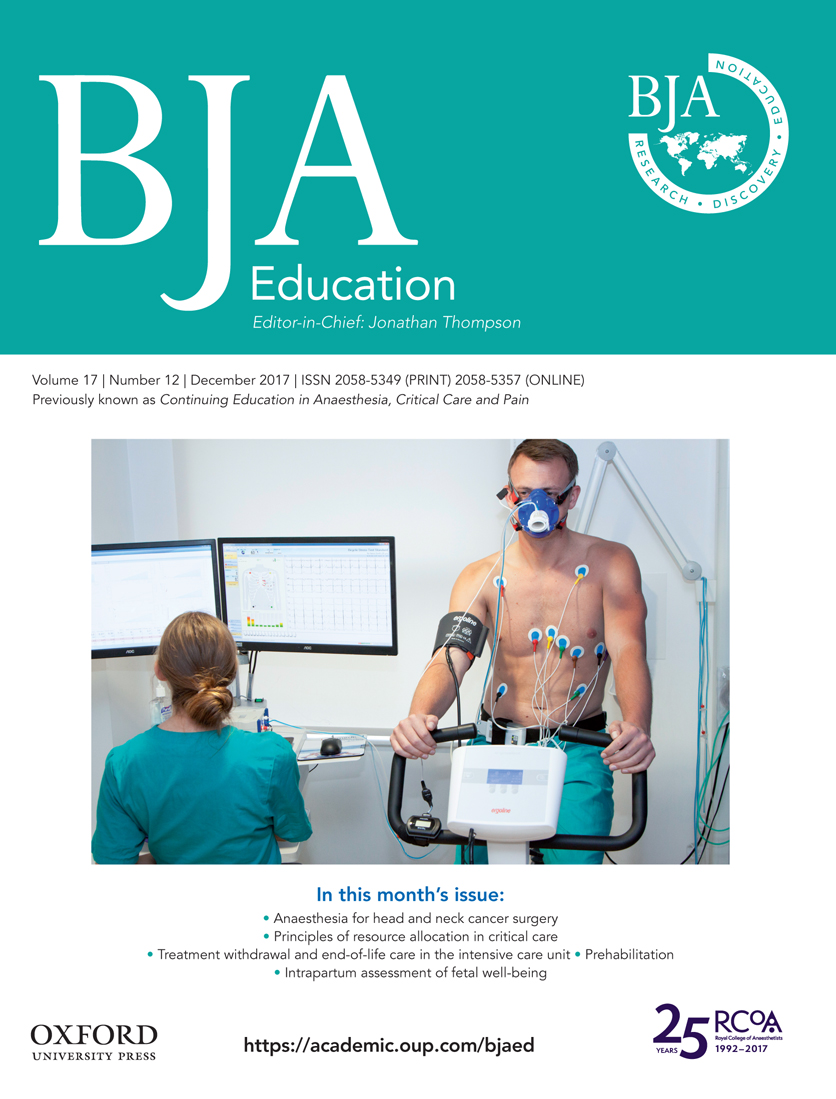
Multicentre randomised controlled clinical trial of electroacupuncture with usual care for patients with non-acute pain after back surgery
2021 Mar BJA Education Heo I, Shin BC, Cho JH, Ha IH, Hwang EH, Lee JH, et al.
In a multicenter, randomized, assessor-blinded active-controlled trial with 108 participants, those in the EA with UC group received EA and UC twice a week for 4 weeks, while the UC group received only UC. The primary outcome was the Visual Analog Scale (VAS) pain intensity score. Significant reductions were observed in both VAS and Oswestry Disability Index (ODI) scores in the EA with UC group compared to the UC group. No meaningful differences were found in EuroQol-5-dimension questionnaire (EQ-5D) scores and incidence of adverse events (AEs) between the groups. The study concludes that EA with UC treatment is more effective and relatively safe for non-acute LBP after back surgery, suggesting it as an integrated, conservative treatment option.
Randomised Controlled Trial
Effectiveness of Manual and Electrical Acupuncture for Chronic Non-specific Low Back Pain: A Randomized Controlled Trial
2020 Jun Journal of Acupuncture and Meridian Studies Josielli Comachio, Carla C. Oliveira, Ilton F.R. Silva, Mauricio O. Magalhães, Amélia P. Marques
The study provides evidence that electroacupuncture is not superior to manual acupuncture treatment. Both therapies had similar efficacy in reducing pain and disability for chronic nonspecific low back pain.
Randomised Controlled Trial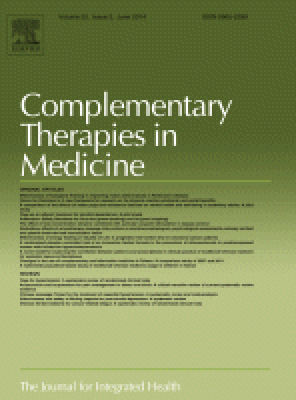
Treating low back pain resulted from lumbar degenerative instability using Chinese Tuina combined with core stability exercises: A randomized controlled trial
2016 Apr Complementary Therapies in Medicine Shujie Tang, Xiuling Qian, Yingjie Zhang, Yuanmei Liu
Chinese Tuina combined with core stability exercises has better effect than Tuina alone in treating low back pain resulted from low-grade lumbar degenerative instability.
Randomised Controlled TrialStudy Protocols
Published study protocols are detailed plans that outline the objectives, methodology, statistical analyses, and organisation of a research study that have been made publicly available for others to review and use as a reference.
Presentation Slides

Systematic Review
Tuina therapy for chronic low back pain indicates potential pain relief and reduced disability but doesn't improve quality of life
Yang J, Zhou X, Ma Q, Woods JT, Mohabbat AB, Do A, Brault JS, Jensen MA, Shin KM, Shen L, Zhao C, Cheong KCP, He K, Guo Y, Chen Z, Tang S, Tang Y, Tan CIC, Chen J, Bauer BA

Systematic Review
Tuina massage for chronic low back pain reveals promising results amid methodological considerations
Yang J, Zhou X, Ma Q, Woods JT, Mohabbat AB, Do A, Brault JS, Jensen MA, Shin KM, Shen L, Zhao C, Cheong KCP, He K, Guo Y, Chen Z, Tang S, Tang Y, Tan CIC, Chen J, Bauer BA

Practice Guideline
Acupuncture is safe and may be a cost-effective treatment for shoulder pain.
Birch S, Lee MS, Kim TH, Alraek T

Systematic Review
Individualised acupuncture and standard acupuncture combined with TENS were the most effective protocols for the non-pharmacological management of chronic aspecific low back pain based on measures of pain and disability, compared to sham treatment.
Baroncini A, Maffulli N, Eschweiler J, Molsberger F, Klimuch A, Migliorini F

Systematic Review
Moderate-quality evidence revealed an association between acupressure and greater pain relief compared with physical therapy.
Tao Li , Xiaohui Li ,Fan Huang , Qiang Tian , Z. Y. Fan , and S. Wu

Systematic Review
The majority of studies concluded the superiority of short-term analgesic effects over various controls and suggested that acupuncture may be efficacious for chronic musculoskeletal pain.
Zhang YJ, Wang C
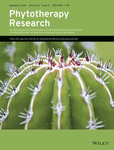
Review Article
Ginger, through various methods, exhibits promising pain reduction effects for conditions such as dysmenorrhea, muscle soreness, osteoarthritis, low back pain, and migraines.
Rondanelli M, Fossari F, Vecchio V, Gasparri C, Peroni G, Spadaccini D, Riva A, Petrangolini G, Iannello G, Nichetti M, Infantino V, Perna S
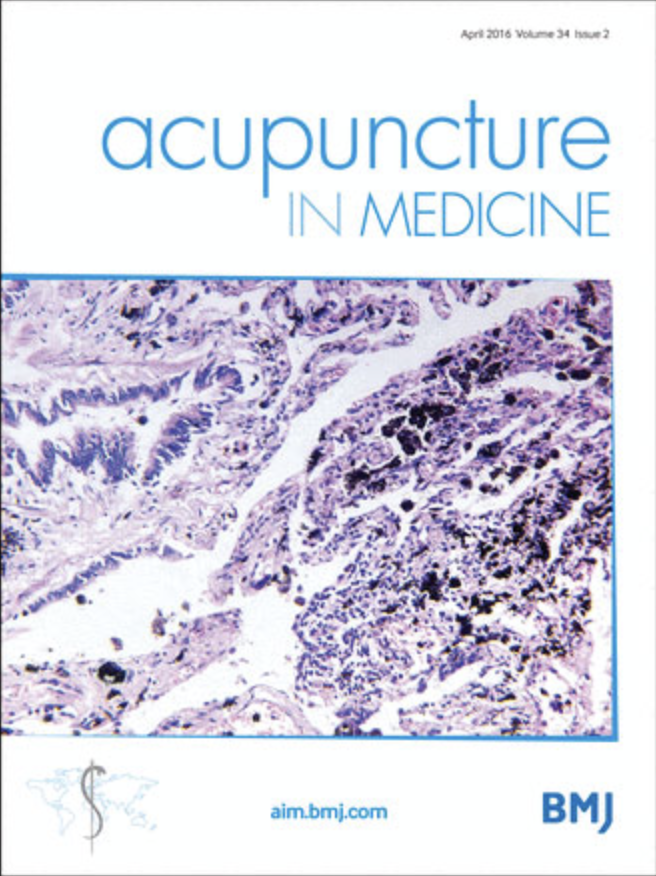
Systematic Review
There is moderate evidence of efficacy for acupuncture in terms of pain reduction immediately after treatment for non-specific low back pain ((sub)acute and chronic) when compared to sham or placebo acupuncture.
Xiang Y, He J, Tian H, Cao B, Li R.

Systematic Review
Acupuncture, either used in isolation or as an adjunct to conventional therapy, provides short-term improvements in pain and function for chronic low back pain.
Liu L, Skinner M, McDonough S, Mabire L, Baxter GD.
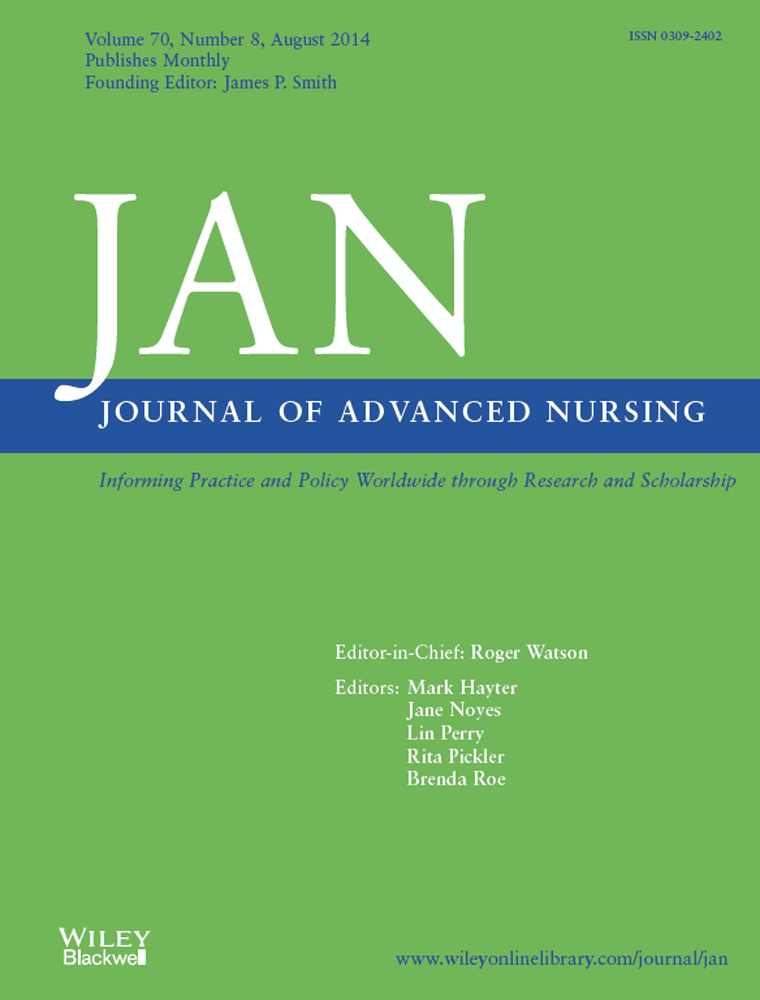
Systematic Review
Acupuncture showed both clinically important changes and statistically significant results for management of low back and/or pelvic pain (LBPP) in pregnancy.
Close C, Sinclair M, Liddle SD, Madden E, McCullough JE, Hughes C.
Executive Summary
Write an executive summary in the form of a blog article on the topic of "Research into Chinese medicine treatment for Low Back Pain" summarising the research below and using language that can be easily understood by patients and avoiding medical jargon using a professional and caring tone of voice.
Write an executive summary in the form of a blog article on the topic of "Researched Chinese medicine treatments for Low Back Pain" summarising the research below in an objective and easy to understand way, and using language that can be easily understood by patients. Group the article into Chinese medicine treatments first, followed by nutrition and other treatments. Avoid using medical jargon and use a professional and caring tone of voice.
Write me a concise but easy to understand executive summary on the topic of "Chinese medicine treatments for Low Back Pain" based on the following research that I will give you. Your summary should be 2 paragraphs long in Australian English spelling and include references to the studies.
A Systematic Review published in 2023 in the journal Medicine found that Tuina therapy for chronic low back pain indicates potential pain relief and reduced disability but doesn't improve quality of life Tuina's efficacy and safety for chronic non-specific low back pain demonstrates its potential for reducing pain and physical disability but not improving quality of life; adverse events were mild and self-resolving, suggesting Tuina's relative safety.
A Systematic Review published in 2023 in the journal Medicine found that Tuina massage for chronic low back pain reveals promising results amid methodological considerations The study confirms the potential of Tuina in mitigating low back pain-related pain and physical disability, though not significantly impacting quality of life. Reported adverse events, such as localized bruising and pain, were transient and self-resolving, indicating Tuina's relatively safe nature.
A Practice Guideline published in 2022 in the journal Perspectives on Integrative Medicine found that Acupuncture is safe and may be a cost-effective treatment for shoulder pain. There were 131 statements recommending the use of acupuncture for shoulder pain across 12 subtypes of shoulder pain. The most common statements were for non-specific ‘shoulder pain.’ There were 11 statements against the use of acupuncture for shoulder pain and three subtypes of shoulder pain. The level of evidence in studies of acupuncture treatment for shoulder pain is low, therefore, further research is needed. Recommendations for the use of acupuncture for shoulder pain are increasing but lag behind those for other pain problems such as low back pain.
A Systematic Review published in 2022 in the journal Journal of Orthopaedic Surgery and Research found that Individualised acupuncture and standard acupuncture combined with TENS were the most effective protocols for the non-pharmacological management of chronic aspecific low back pain based on measures of pain and disability, compared to sham treatment. The results of this Bayesian network meta-analysis show that individualised acupuncture and standard acupuncture combined with Transcutaneous Electrical Nerve Stimulation (TENS) are the most effective protocols for the non-pharmacological management of chronic aspecific low back pain (LBP), with the highest improvement in pain and quality of life compared to sham treatment.
A Systematic Review published in 2021 in the journal Evidence-Based Complementary and Alternative Medicine found that Moderate-quality evidence revealed an association between acupressure and greater pain relief compared with physical therapy. The systematic review and meta-analysis included 23 RCTs with 2400 participants with low back pain. Consistent with previous systematic reviews, moderate-quality evidence revealed an association between acupressure and greater pain relief compared with physical therapy. Although rated as very-low to low, poor quality evidence suggested that acupressure, with or without combinative acupuncture therapy, contributed to a greater amelioration of pain and functional disability from low back pain compared with usual care, tuina massage, or acupuncture. Trial sequential analysis results revealed that adequate studies supported the significance of the clinical response rate of acupressure, with or without combinative acupuncture therapy, compared to other treatments.
A Systematic Review published in 2020 in the journal Current Rheumatology Reports found that The majority of studies concluded the superiority of short-term analgesic effects over various controls and suggested that acupuncture may be efficacious for chronic musculoskeletal pain. We examined 16 review articles and 11 randomized controlled trials published in the last 5 years on the clinical efficacy of acupuncture in adults with CMP conditions. The available evidence suggests that acupuncture does have short-term pain relief benefits for patients with symptomatic knee osteoarthritis and chronic low back pain and is a safe and reasonable referral option. Acupuncture may also have a beneficial role for fibromyalgia. However, the available evidence does not support the use of acupuncture for treating hip osteoarthritis and rheumatoid arthritis.
A Review Article published in 2020 in the journal Phytotherapy Research found that Ginger, through various methods, exhibits promising pain reduction effects for conditions such as dysmenorrhea, muscle soreness, osteoarthritis, low back pain, and migraines. The review incorporates a vast range of randomized controlled trials conducted over the past decade, where ginger was mainly used for pain relief in distinct conditions. The conditions included dysmenorrhea, delayed onset muscle soreness, osteoarthritis, chronic low back pain, and migraines. The variety of methods used included oral administration, topical application, and aromatic oil massages. In the analysed trials, for dysmenorrhea and muscle soreness, the considered studies suggested a promising effect after both oral and topical administration of ginger. As for osteoarthritis, most trials demonstrated pain reduction following topical and oral use of ginger, one focused on the beneficial effects of ginger in relieving migraine pain. Last but not least, a trial involving massages with aromatic ginger oil highlighted its potential in reducing chronic low back pain.
A Systematic Review published in 2019 in the journal Acupuncture in Medicine found that There is moderate evidence of efficacy for acupuncture in terms of pain reduction immediately after treatment for non-specific low back pain ((sub)acute and chronic) when compared to sham or placebo acupuncture. 14 trials (2110 participants) were included in the review, and 9 were included in the meta-analysis. Immediately after the acupuncture treatment we found statistically significant differences in pain reduction between acupuncture and sham or placebo therapy, but there were no differences in function. At follow-up, there were significant differences in pain reduction, but not in function. We conducted subgroup analyses both immediately after treatment and at follow-up.
A Systematic Review published in 2015 in the journal Evidence-Based Complementary and Alternative Medicine found that Acupuncture, either used in isolation or as an adjunct to conventional therapy, provides short-term improvements in pain and function for chronic low back pain. Sixteen systematic reviews were appraised. Overall, the methodological quality was low and external validity weak. For acute LBP, evidence that acupuncture has a more favorable effect than sham acupuncture in relieving pain was inconsistent; it had a similar effect on improving function. For chronic LBP, evidence consistently demonstrated that acupuncture provides short-term clinically relevant benefits for pain relief and functional improvement compared with no treatment or acupuncture plus another conventional intervention.
A Systematic Review published in 2014 in the journal Journal of Advanced Nursing found that Acupuncture showed both clinically important changes and statistically significant results for management of low back and/or pelvic pain (LBPP) in pregnancy. Eight studies were selected for full review. Two acupuncture studies with low risk of bias showed both clinically important changes and statistically significant results. There was evidence of effectiveness for osteopathy and chiropractic. However, osteopathy and chiropractic studies scored high for risk of bias. Strength of the evidence across studies was very low.
Moderation Tools
Topic
Sign In
Users not signed in are limited to viewing the 5 most recent items of content.
This is a placebo study that showed pain intensity after treatment was not significantly influenced by pretreatment briefing on effectiveness or adverse side effect briefings. —Jinnan C 15 Sep 2021